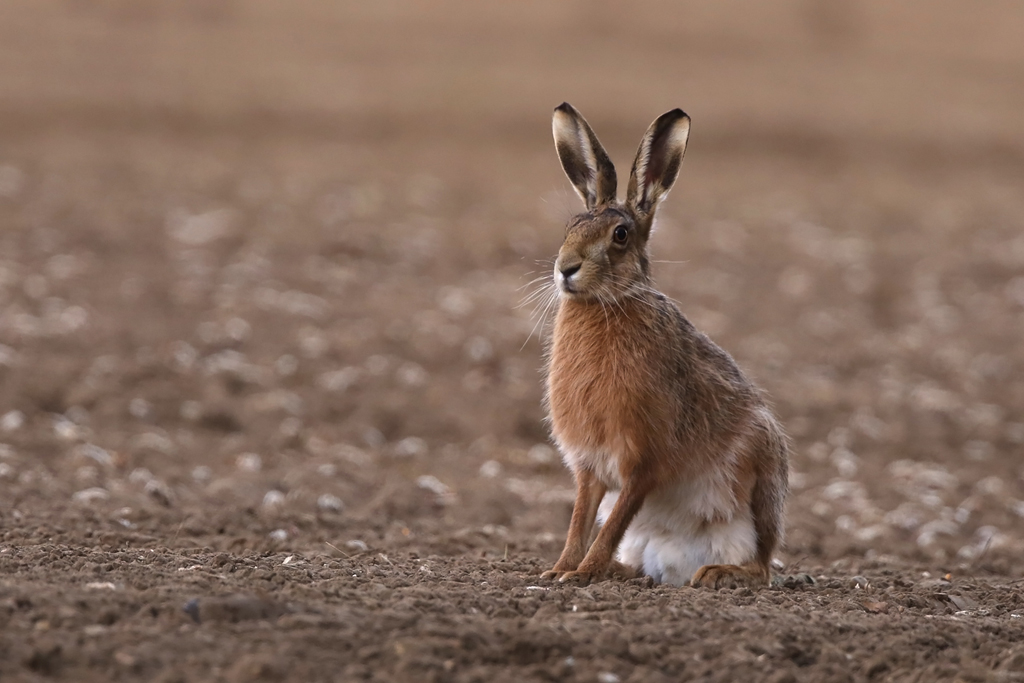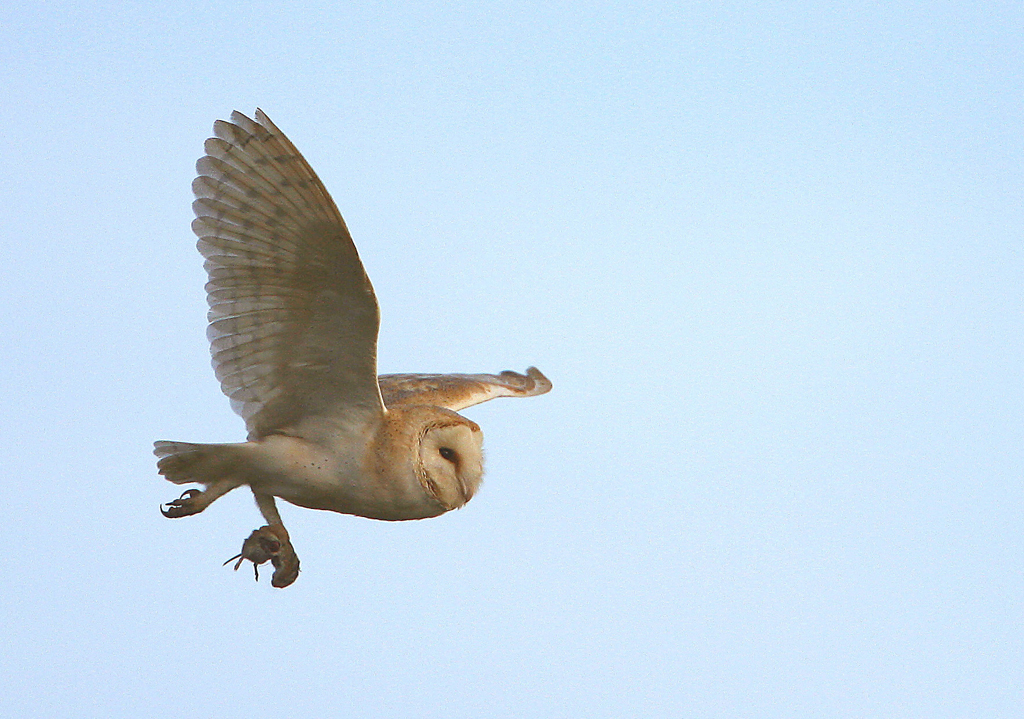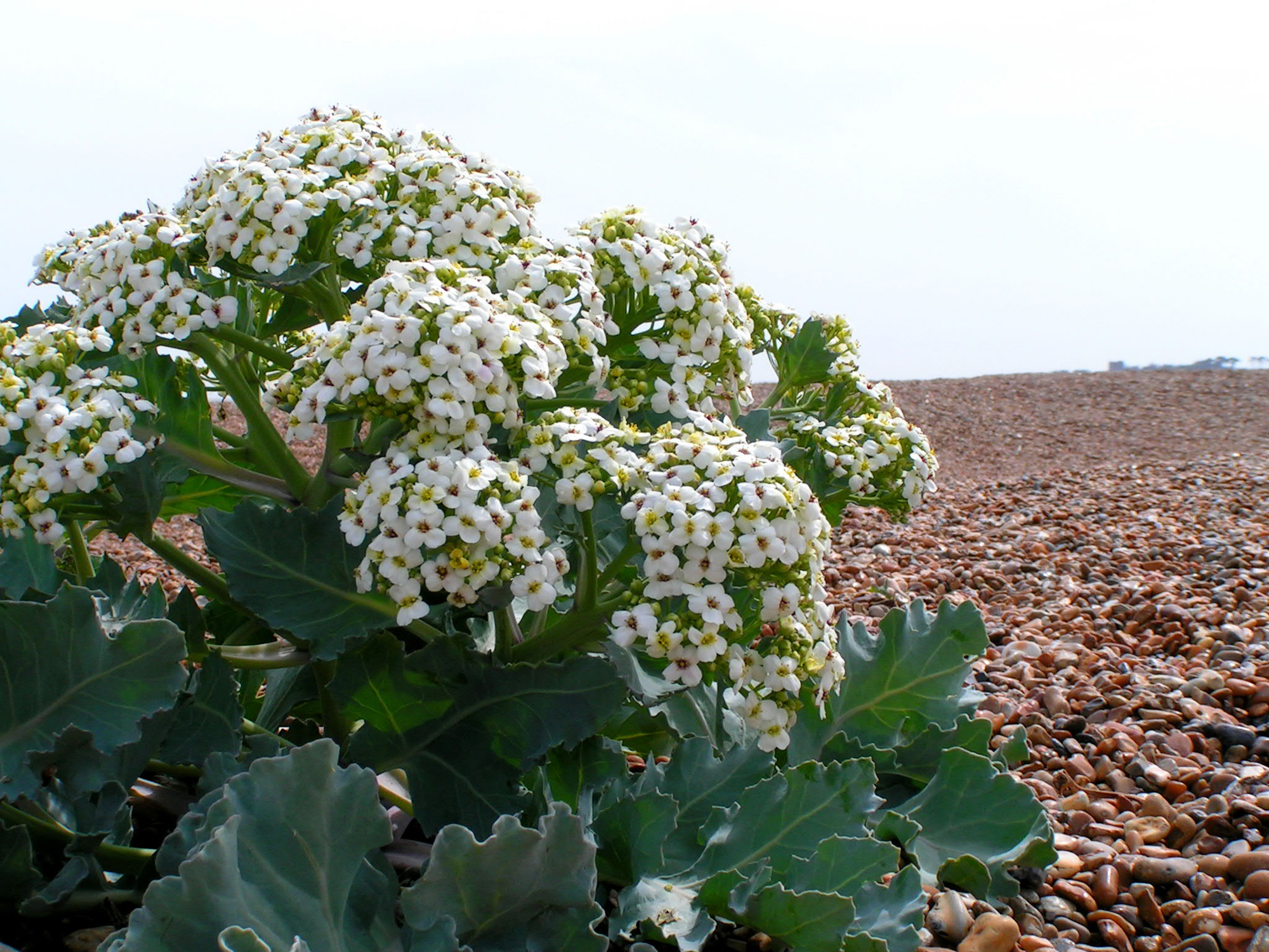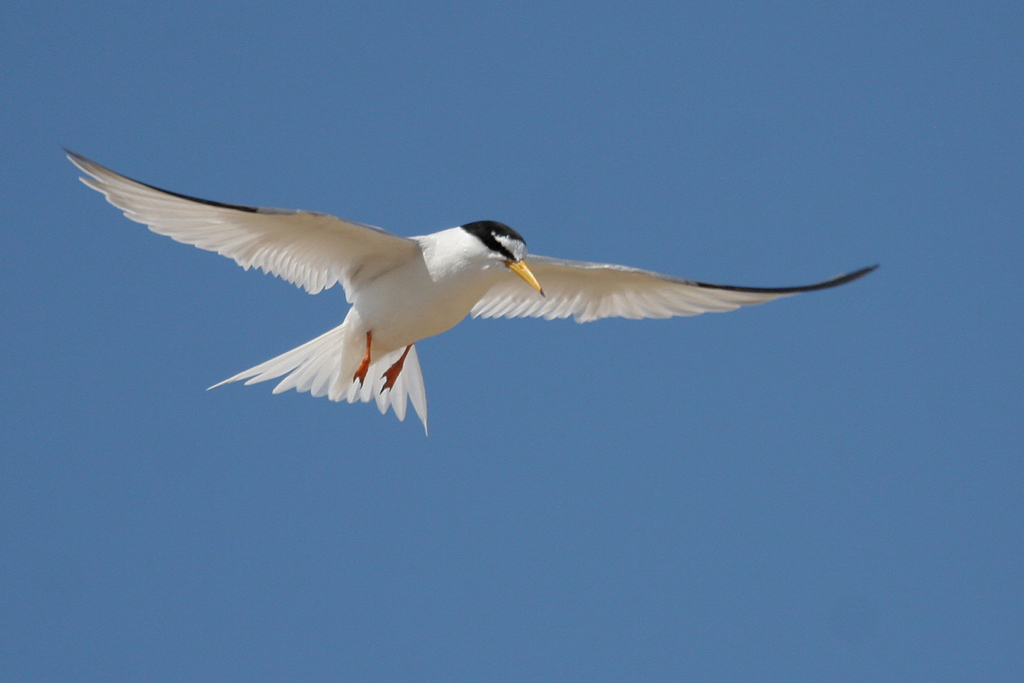Dinosaurs are wildly popular, especially with children. Think of all those films, books, cartoons and soft toys. Is it because they belong to a world long past, full of extraordinary creatures we shall never see again? At any rate, the attraction doesn’t seem to extend to their modern-day descendants in the same family – crocodiles, snakes, lizards and iguanas. ‘Ugh, reptiles – slithery, dangerous creatures, more horror film material than Disney!’ Well, that’s partly right since they are indeed slithery – the word ‘reptile’ means ‘creeping thing’ but in Britain, at least, only one of them (the adder) is at all poisonous, while the others are entirely benign and all of them are interesting.
We have six species of reptiles in this country – so there’s a quiz question, can you name all six? They comprise three snakes, two lizards and one other that looks somewhat like a snake but is actually a legless lizard – a slow worm. You can tell a slow worm from a snake since it has eyelids and can blink. It also has a much smoother skin, in which the scales are not overlapping and don’t feel rough to the touch. Finally, slow worms have no separate ‘neck’ so do indeed look like a very long worm.
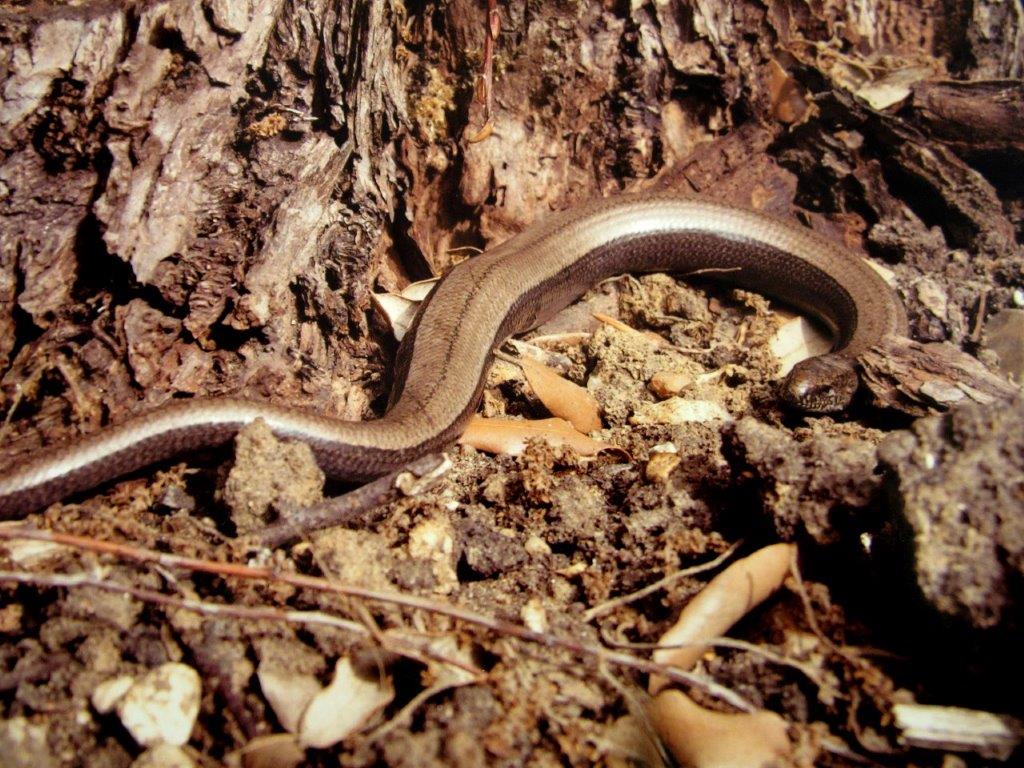
There have always been popular misconceptions about slow worms. Shakespeare usually gets his wildlife references right but in Macbeth he has the witches casting a ‘blind worm’s sting’ into their toxic brew, a double error since they are neither blind nor do they sting. They do have one unusual anatomical feature, however, which accounts for their scientific name fragilis. They have various natural enemies like hedgehogs, badgers, magpies and domestic cats and have evolved a trick whereby if the would-be predator grabs them by the tail they can detach these and leave their captors grasping just this bony appendage – still wriggling independently. If they survive all these hazards, slow worms can live to a great age – over 50 years has been recorded. They also enjoy an impressive sex life, in which a couple can be entwined together mating in leisurely fashion for some ten hours at a stretch, so to speak.
Slow worms used to be quite common round here, and were welcome garden visitors, feeding on slugs and snails and living unobtrusively in damp corners and under compost heaps, but their numbers have declined sharply in recent years. Help may be at hand, however. A local developer needs to relocate some from a building site before he can get permission to proceed and we’ve made a bid for them. So there could be some coming your way, slowly of course.
Jeremy Mynott
6th August 2024




